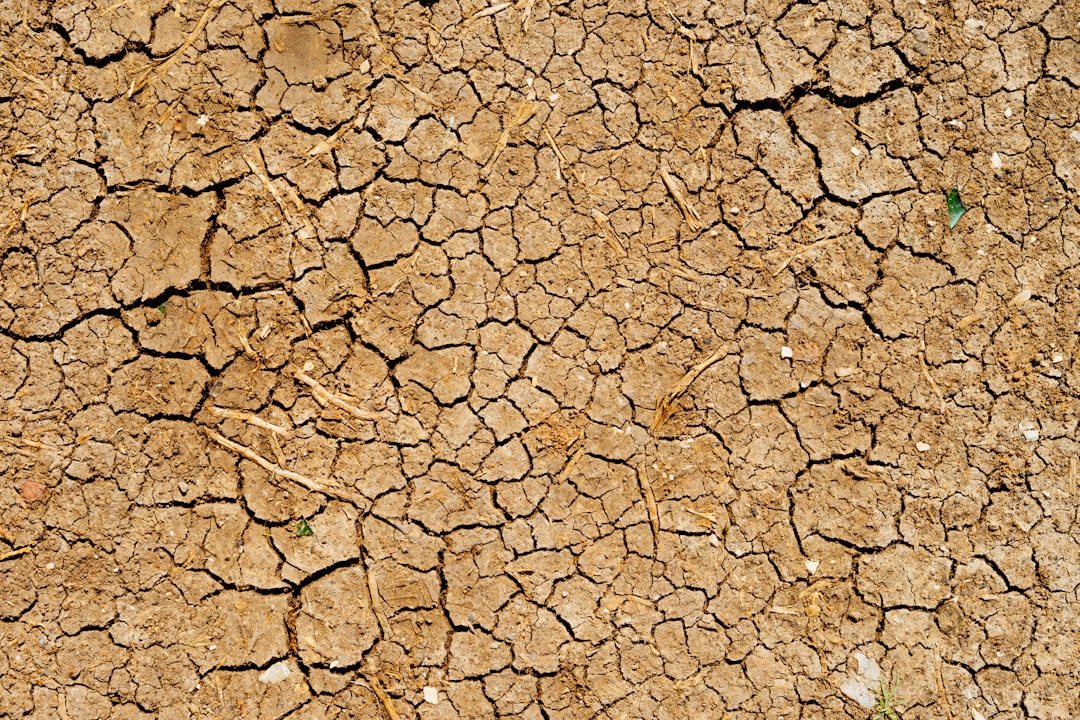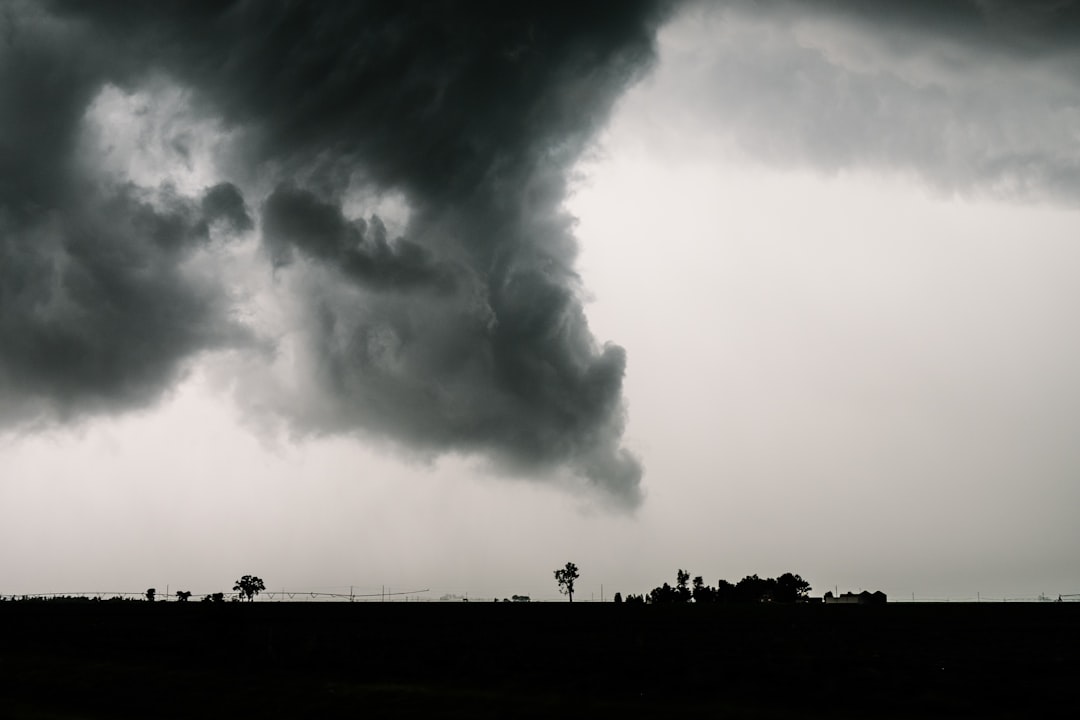What is it about?
The pluviometric regime in the Western Mediterranean and concretely in Catalonia (NE Spain) is characterised by irregular amounts at monthly and annual scales, sometimes with copious short episodes causing floods and, conversely, sometimeswith long dry spells exceeding 1 month length, depending on the chosen threshold level to define the dry episode. Taking advantage of a dense network of rain gauges, most of them with records length of 50–60 years and some others exceeding 85 years, the evolution of these monthly and annual amounts is quantified by means of their time trends, statistical significance and several irregularity parameters. In agreement with the evolution of the CO₂ emissions into the atmosphere and the increasing concentration, in parts per million (ppm), of this greenhouse gas, different time trends at annual scale have been detected up to approximately years 1960–1970 in comparison with the interval 1960–1970 to nowadays.
Featured Image

Photo by Janan Lagerwall on Unsplash
Why is it important?
Besides the greenhouse effects on the temperature regime, the influence on the pluviometric regime could not be negligible.
Read the Original
This page is a summary of: Rainfall regime trends at annual and monthly scales in Catalonia (NE Spain) and indications of CO2 emissions effects, Theoretical and Applied Climatology, September 2021, Springer Science + Business Media,
DOI: 10.1007/s00704-021-03773-z.
You can read the full text:
Resources
Contributors
The following have contributed to this page










